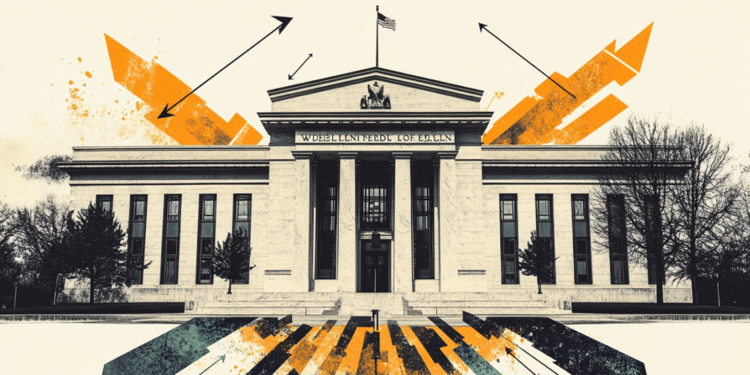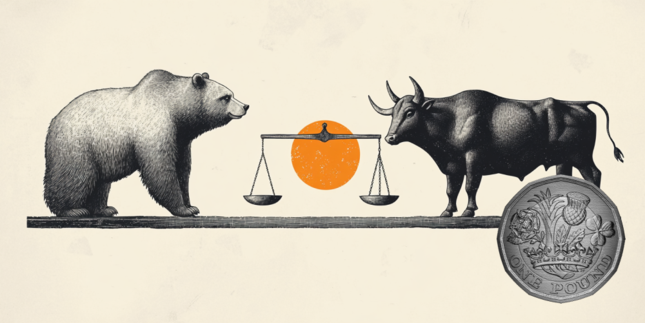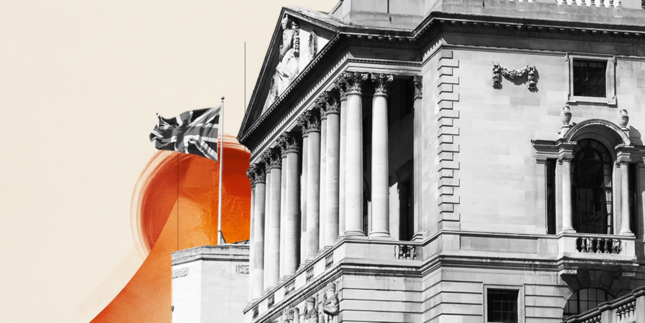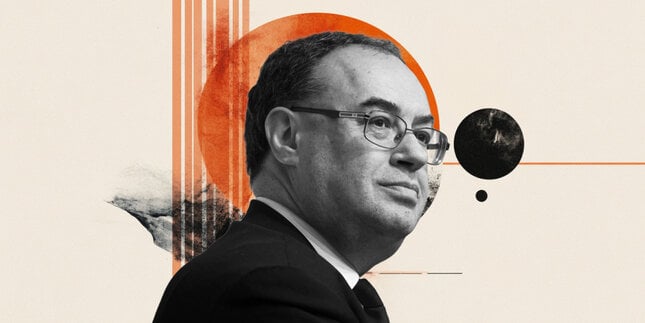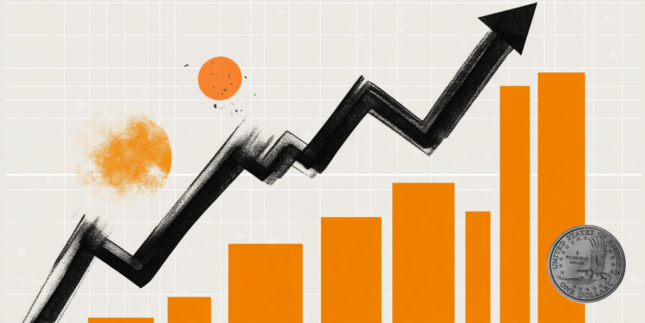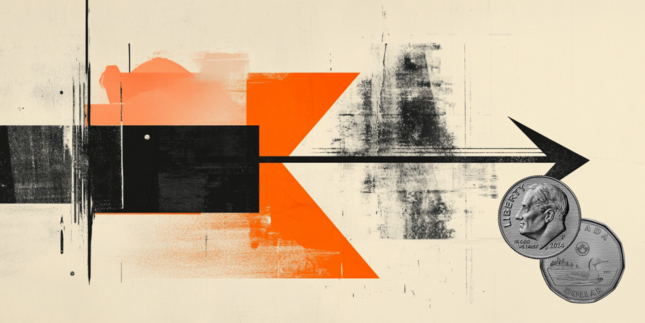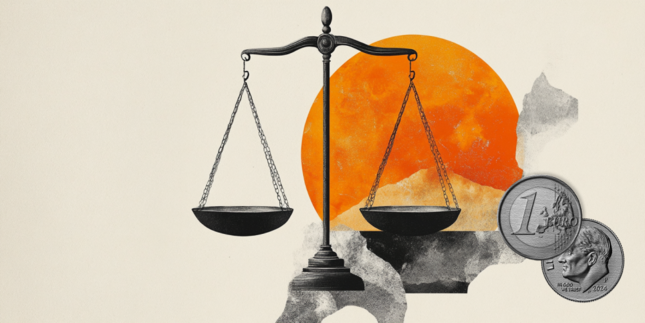Dow Jones Industrial Average middles as investors digest Fed rate call and cautious Powell
- The Dow Jones initally eased to 40,850 after the Fed held rates steady at 4.25-4.5%.
- Markets broadly anticipated a rate hold, but hope for a policy narrative pivot toward future rate cuts.
- Hope for imminent rate cuts took a hit after Fed Chair Powell gave a cautious appearance.
The Dow Jones Industrial Average (DJIA) eased on Wednesday, falling to 40,850 after the Federal Reserve (Fed) held rates steady in the 4.25-2.5% target range. Market participants broadly expected the Fed to stand pat on rates for May, and investors are hoping for a firm pivot in Fedspeech toward an impending rate-cutting cycle.
Fed's Powell: We don't have to be in a hurry
As indicated by the Fed's rate announcement, policymakers observed that although US employment and economic activity are generally solid, the risks to labor and output have increased, primarily due to the policy uncertainty related to tariffs and US trade. The concerns expressed by Fed officials regarding economic risks have fueled market expectations of possible rate cuts, yet equities continue to be wary amid the cautionary stance of Fed policymakers.
Market sentiment fell after Fed Chair Jerome Powell's press conference. He noted that US trade tariffs could hinder Fed goals for inflation and employment for the rest of the year if they persist. Powell also warned that ongoing policy instability increases the likelihood of the Fed maintaining a 'wait-and-see' approach on interest rates for longer than expected.
Despite significant damage to consumer and business sentiment from the Trump administration's tariffs, hard economic data shows limited negative impact, complicating the Fed's justification for near-term interest rate changes. The CME's FedWatch Tool indicates that rate markets still hope for a quarter-point cut in July, but the odds of holding rates steady have increased to 30%, dampening broad-market expectations for an easy transition into a rate-cutting cycle.
Read more stock news: US market remains mixed as Fed's Powell favors 'wait-and-see' approach
Dow Jones 5-minute chart
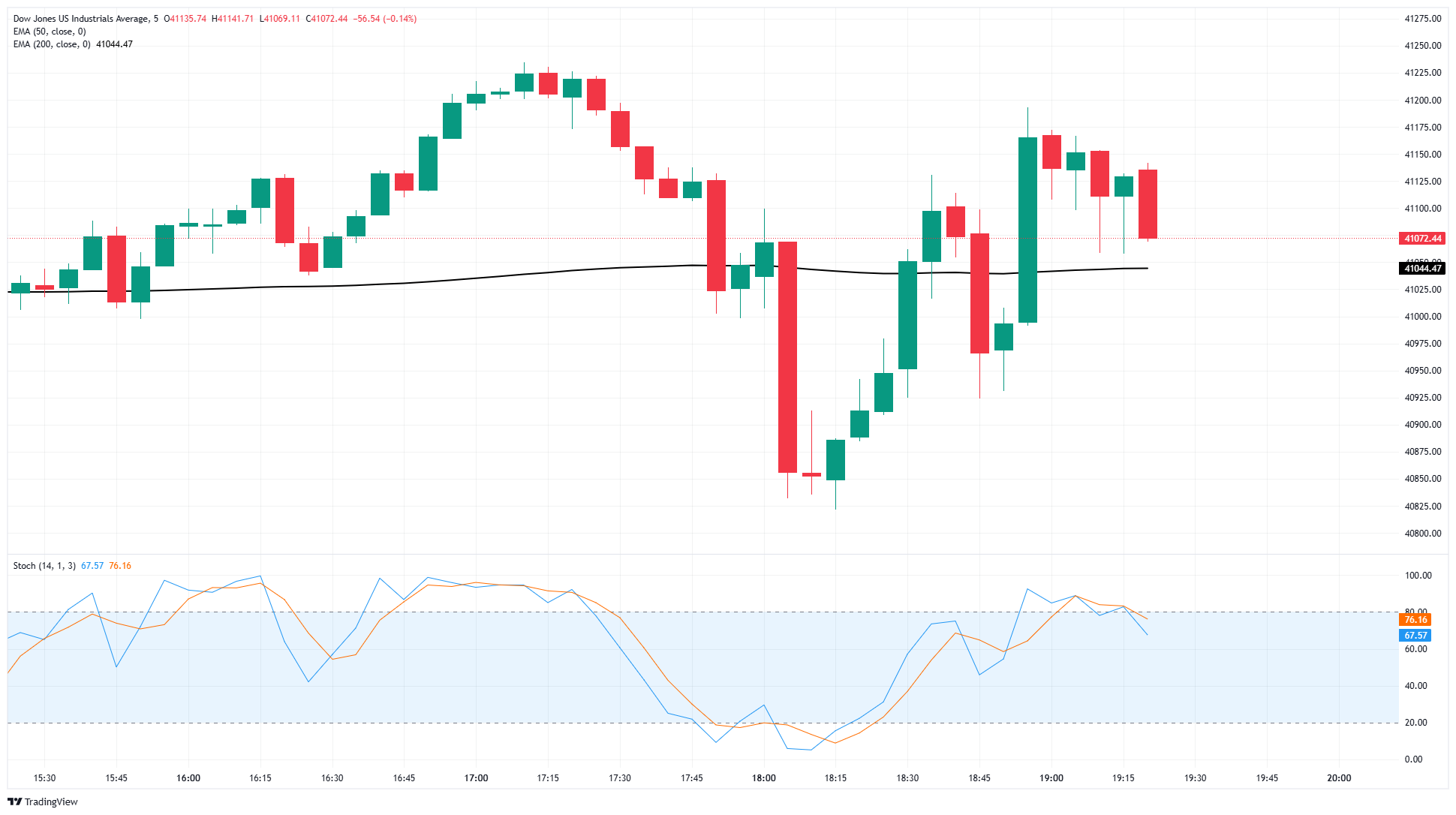
Fed FAQs
Monetary policy in the US is shaped by the Federal Reserve (Fed). The Fed has two mandates: to achieve price stability and foster full employment. Its primary tool to achieve these goals is by adjusting interest rates. When prices are rising too quickly and inflation is above the Fed’s 2% target, it raises interest rates, increasing borrowing costs throughout the economy. This results in a stronger US Dollar (USD) as it makes the US a more attractive place for international investors to park their money. When inflation falls below 2% or the Unemployment Rate is too high, the Fed may lower interest rates to encourage borrowing, which weighs on the Greenback.
The Federal Reserve (Fed) holds eight policy meetings a year, where the Federal Open Market Committee (FOMC) assesses economic conditions and makes monetary policy decisions. The FOMC is attended by twelve Fed officials – the seven members of the Board of Governors, the president of the Federal Reserve Bank of New York, and four of the remaining eleven regional Reserve Bank presidents, who serve one-year terms on a rotating basis.
In extreme situations, the Federal Reserve may resort to a policy named Quantitative Easing (QE). QE is the process by which the Fed substantially increases the flow of credit in a stuck financial system. It is a non-standard policy measure used during crises or when inflation is extremely low. It was the Fed’s weapon of choice during the Great Financial Crisis in 2008. It involves the Fed printing more Dollars and using them to buy high grade bonds from financial institutions. QE usually weakens the US Dollar.
Quantitative tightening (QT) is the reverse process of QE, whereby the Federal Reserve stops buying bonds from financial institutions and does not reinvest the principal from the bonds it holds maturing, to purchase new bonds. It is usually positive for the value of the US Dollar.
Forex News
Keep up with the financial markets, know what's happening and what is affecting the markets with our latest market updates. Analyze market movers, trends and build your trading strategies accordingly.
